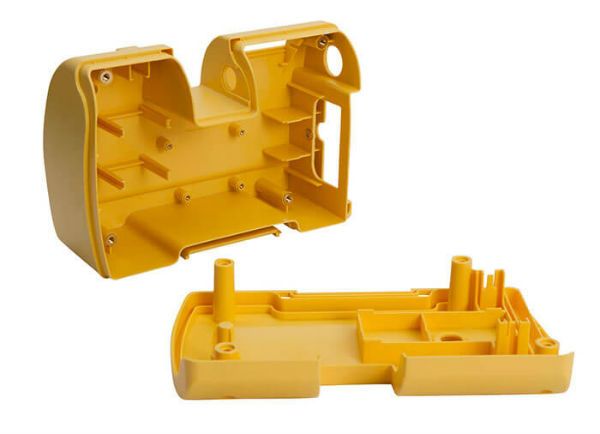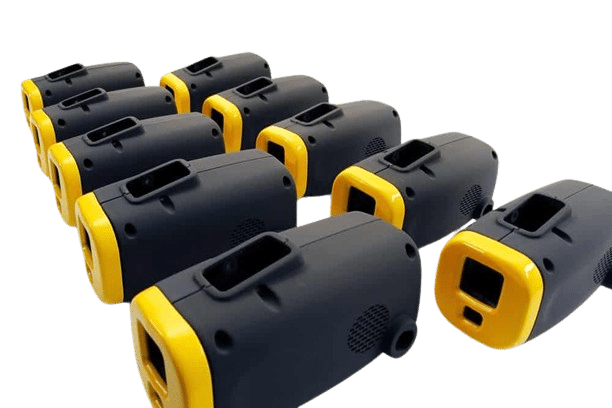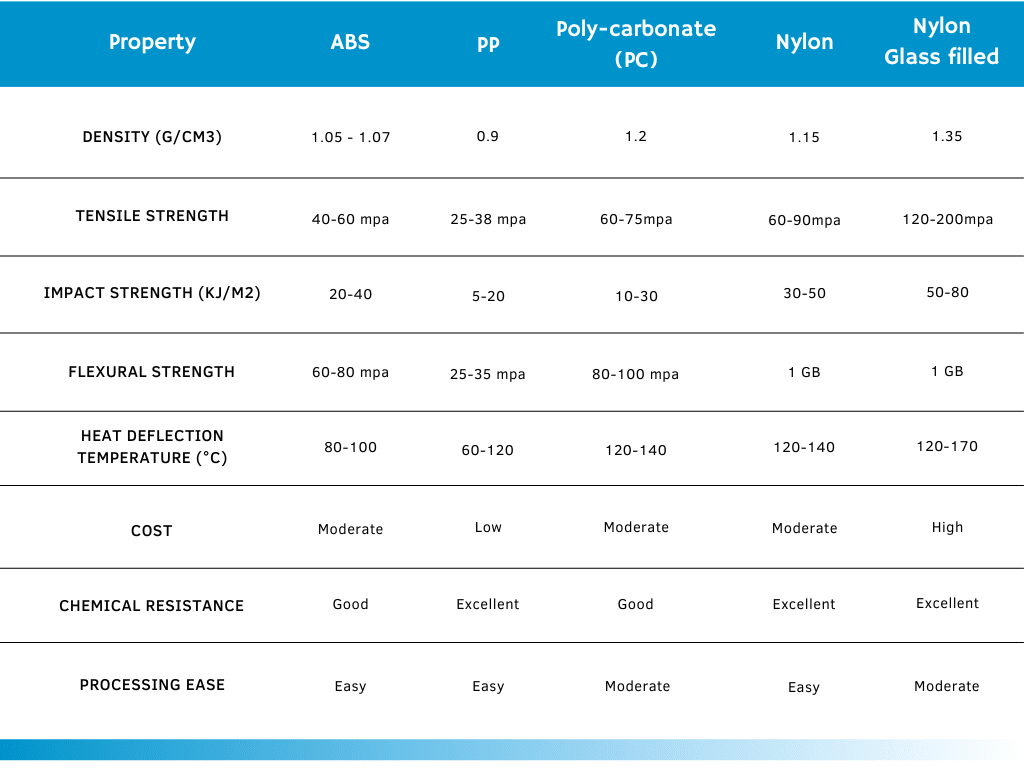Nylon Injection molding

Automotive parts
Enclosures
Components
Appliances

Advantages of Nylon injection molding
Nylon is a good material when you need both strength, flexibility and temperature resistance. Its one of the most widely used plastic for making components which require strength and tear resistance
- Good tear resistance
- Heat resistance
- Impact resistance
- Easy to mold
- Can be made Flame and UV retardant
Nylon Injection molding grades
We help you make Nylon injection molded parts with the properties you need
Standard Nylon grades
- Nylon 6
- Nylon 66
Special Nylon grades
- Fire retardant Nylon
- 15% Glass filled Nylon
- 30% Glass filled Nylon
Finishing options for Nylon parts
Wide color range
Product texture
Electroplating
Painting
Design guidelines for Nylon Injection molding
Minimum wall thickness for ABS parts
A minimum wall thickness of 0.9 mm to a maximum of 3mm should be maintained for Nylon parts. Lower wall thickness will cause filling issues while higher wall thickness will cause sink marks on the part
Uniform wall thickness
A uniform wall thickness should be maintained throughout the part to ensure smooth flow of material. Inconsistent wall thickness will hamper filling
Draft angles
Sharp corners
A fillet has to be added in all sharp corners to ensure easy flow of material
Comparison of Injection molded plastics

